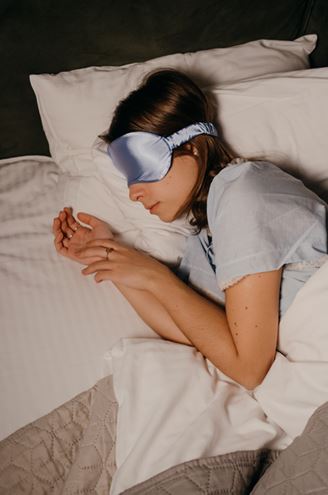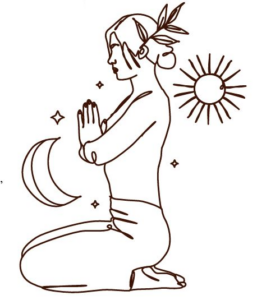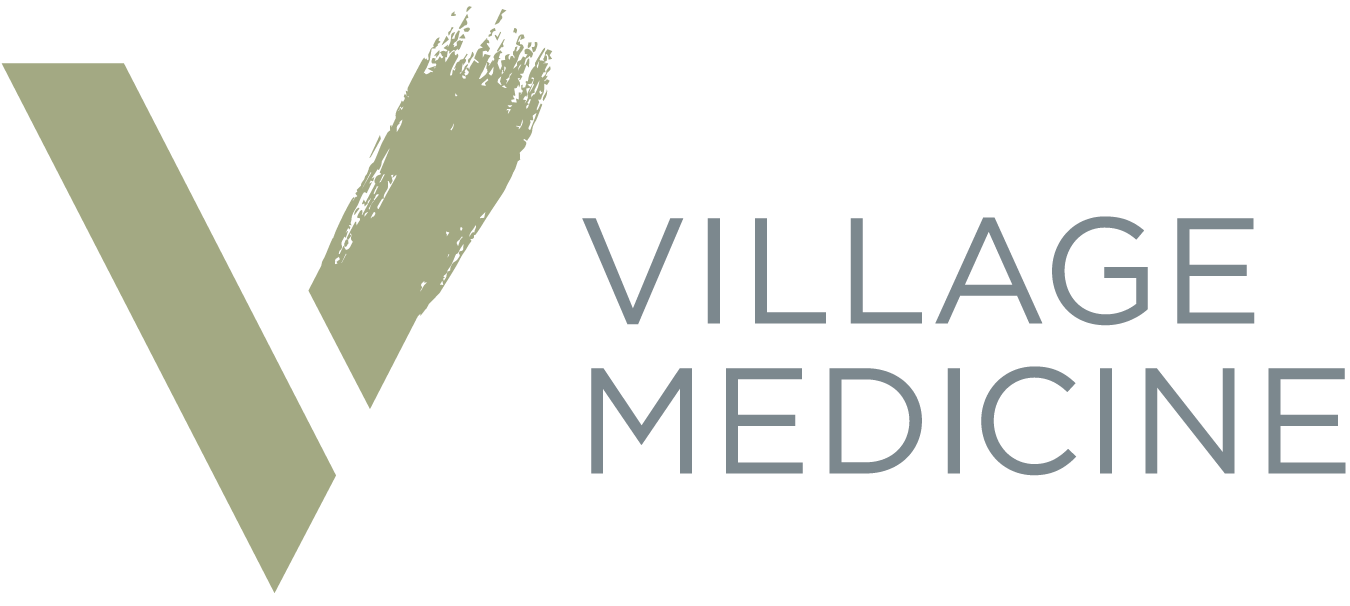News
Unwind and Unplug: Progressive Muscle Relaxation for Anxiety and Better Sleep
Employ PMR to become more aware of and attuned to your body.
Julia Pascualy, LMHC

Progressive Muscle Relaxation
As a counselor, I often work with clients who struggle with anxiety and disrupted sleep. One of my favorite tools to teach them is progressive muscle relaxation (PMR). PMR is a technique where you systematically tense and release different muscle groups in your body. This process helps you become more aware of and attuned to your body, differentiate between tension and relaxation, and calm your nervous system (1,2,3). It’s like a body scan that allows you to identify and address where you’re holding stress and then release it (3).
HERE’S HOW IT WORKS:
Start by focusing on your breath. Inhale deeply through your nose, pause, and exhale slowly and deeply through your mouth. Pause, and repeat.
Start with your face: Squeeze and tense the muscles in your face, then slowly release (throughout this process, take care not to overly-tense your muscles to the point of pain or significant discomfort – listen to your body)
Move down your body: Continue tensing and releasing muscle groups, moving from your neck and shoulders down to your toes.
Breathe deeply: Incorporate intentional deep breathing throughout the exercise.
WHY IS PMR SO EFFECTIVE?
Think of it this way: our bodies react to stress by activating our “fight-orflight” response. Even when the stressful situation is over, our bodies may still hold onto that tension. PMR helps to complete the stress response cycle, signaling to your body that the threat has passed (2).
PMR HELPS TO:
Reduce anxiety: By releasing physical tension, you also calm your mind.
Improve sleep: PMR can be especially helpful for those who lie awake with racing thoughts as it allows you to complete the stress response cycle (2).
Increase body awareness: You become more attuned to your physical sensations.

GETTING STARTED:
The beauty of PMR is its accessibility. You can do it anytime, anywhere, and it’s free. To begin, I recommend using guided audio or video resources, which are readily available on platforms like YouTube, Spotify, and meditation apps (simply search “guided Progressive Muscle Relaxation” or “Progressive Muscle Relaxation”). Once you’re familiar with the technique, you can practice it on your own.
Whether you’re looking to manage anxiety, improve your sleep, or simply cultivate a deeper connection with your body, progressive muscle relaxation is a powerful tool to add to your self-care toolkit.
REFERENCES:
Mashhadi-Naser, S., Shirvani, S., & Vasli, P. (2024). A randomized controlled trial to evaluate the progressive muscle relaxation technique in hip fracture patients. Scientific reports, 14(1), 13534. https://doi.org/10.1038/s41598-024-64516-4
Nagoski, E., & Nagoski, A. (2019). Burnout: the secret to unlocking the stress cycle. First edition. New York, Ballantine Books. Muhammad Khir, S., Wan Mohd Yunus, W. M. A., Mahmud, N., Wang, R., Panatik, S. A., Mohd Sukor, M. S., & Nordin, N. A. (2024). Efficacy of progressive muscle relaxation in adults for stress, anxiety, and depression: A systematic review. *Psychology Research and Behavior Management, 17,* 345–365. https://doi.org/10.2147/PRBM.S437277
* This post was originally printed in the Village Medicine Seattle’s Wellness Quarterly Magazine, 1Q25 Edition. Read and download the full publication

About The Author
Julia Pascualy is a Licensed Mental Health Counselor at Village Medicine Seattle. Implementing a person-centered & trauma-informed approach, Julia supports her clients on their mental health journey through empathic understanding, empowerment, & a belief in their ability to evolve and heal. She values cultural humility, a lifelong process that involves suspension of judgment, meeting clients where they are, and respecting diverse experiences & points of view. Julia specializes in treating anxiety disorders (i.e., OCD, GAD) and is trained in CBT and Exposure and Response Prevention (ERP). Learn more about Julia
